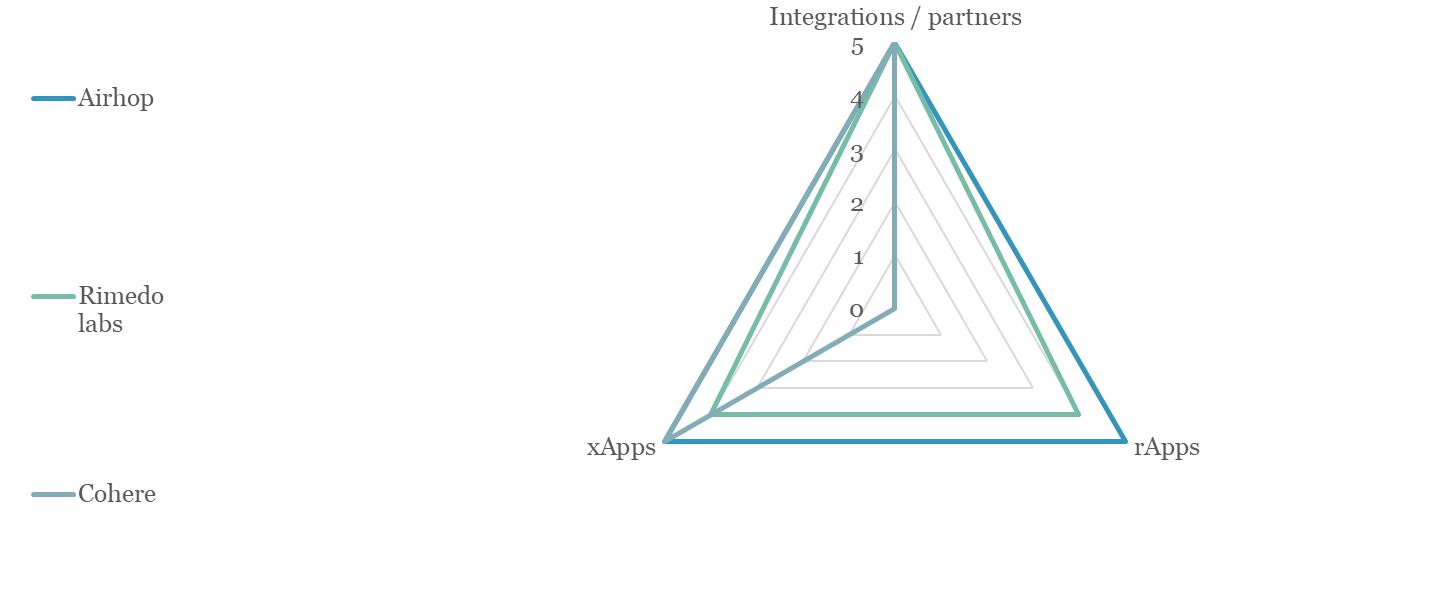Telecoms cellular networks, delivered by network operators, have traditionally been designed to provide coverage and best effort performance for consumers' general use. This design prioritizes high population density areas, emphasizing cost-effective delivery of coverage solutions with a network architecture treating all connections uniformly, effectively sharing available bandwidth. In some markets, net neutrality provisions further restrict the prioritization of devices, applications, or services over others.
Enterprises, governments,
and organizations often turn to private networks due to two primary reasons.
First, there may be no commercial network coverage in their operational areas.
Second, even when commercial networks are present, they may fail to meet the
performance requirements of these entities. Private networks offer a tailored
solution, allowing organizations to have dedicated, secure, and
high-performance connectivity, overcoming limitations posed by commercial
networks.
Enterprise, industries,
and government IT departments have developed a deep understanding of their
unique connectivity requirements over the years. Recognizing the critical role
that connectivity plays in their operations, these entities have sought solutions
that align closely with their specific needs. Before the advent of 5G
technology, Wi-Fi emerged as a rudimentary form of private networks, offering a
more localized and controlled connectivity option compared to traditional
cellular networks. However, there were certain limitations and challenges
associated with Wi-Fi, and the costs of establishing and operating
fully-fledged private networks were often prohibitive.
Enterprises, industries,
and government organizations operate in diverse and complex environments, each
with its own set of challenges and requirements. These entities understand that
a one-size-fits-all approach to connectivity is often inadequate. Different
sectors demand varied levels of performance, security, and reliability to
support their specific applications and processes. This understanding has
driven the search for connectivity solutions that can be tailored to meet the
exacting standards of these organizations.
Wi-Fi technology emerged
as an early solution that provided a degree of autonomy and control over
connectivity. Enterprises and organizations adopted Wi-Fi to create local
networks within their premises, enabling wireless connectivity for devices and
facilitating communication within a confined area. Wi-Fi allowed for the
segmentation of networks, offering a level of privacy and control that was not
as pronounced in traditional cellular networks.
However, Wi-Fi also came
with its limitations. Coverage areas were confined, and the performance could
be affected by interference and congestion, especially in densely populated
areas. Moreover, the security protocols of Wi-Fi, while evolving, were not initially
designed to meet the stringent requirements of certain industries, such as
finance, healthcare, or defense.
Establishing and
operating private networks before the advent of 5G technology posed significant
financial challenges. The infrastructure required for a dedicated private
network, including base stations, networking equipment, and spectrum
allocation, incurred substantial upfront costs. Maintenance and operational
expenses added to the financial burden, making it cost-prohibitive for many
enterprises and organizations to invest in private network infrastructure.
Moreover, the complexity
of managing and maintaining a private network, along with the need for
specialized expertise, further elevated the costs. These challenges made it
difficult for organizations to justify the investment in a private network,
especially when commercial networks, despite their limitations, were more
readily available and appeared more economically feasible.
The arrival of 5G
technology has acted as a game-changer in the landscape of private networks. 5G
offers the potential for enhanced performance, ultra-low latency, and
significantly increased capacity. These capabilities address many of the
limitations that were associated with Wi-Fi and earlier generations of cellular
networks. The promise of 5G has prompted enterprises, industries, and
government entities to reassess the feasibility of private networks,
considering the potential benefits in terms of performance, security, and
customization.
The growing trend of private networks can be attributed to several key factors:
- Performance Customization: Private networks enable enterprises and organizations to customize their network performance according to specific needs. Unlike commercial networks that provide best effort performance for a diverse consumer base, private networks allow for tailored configurations that meet the unique demands of various industries
- Security and Reliability: Security is paramount for many enterprises and government entities. Private networks offer a higher level of security compared to public networks, reducing the risk of cyber threats and unauthorized access. Additionally, the reliability of private networks ensures uninterrupted operations critical for sectors like finance, healthcare, and defense.
- Critical IoT and Industry 4.0 Requirements: The increasing adoption of Industrial IoT (IIoT) and Industry 4.0 technologies necessitates reliable and low-latency connectivity. Private networks provide the infrastructure required for seamless integration of IoT devices, automation, and real-time data analytics crucial for modern industrial processes.
- Capacity and Bandwidth Management: In sectors with high data demands, such as smart manufacturing, logistics, and utilities, private networks offer superior capacity and bandwidth management. This ensures that enterprises can handle large volumes of data efficiently, supporting data-intensive applications without compromising on performance.
- Flexibility in Deployment: Private networks offer flexibility in deployment, allowing organizations to establish networks in remote or challenging environments where commercial networks may not be feasible. This flexibility is particularly valuable for industries such as mining, agriculture, and construction.
- Compliance and Control: Enterprises often operate in regulated environments, and private networks provide greater control over compliance with industry-specific regulations. Organizations can implement and enforce their own policies regarding data privacy, network access, and usage.
- Edge Computing Integration: With the rise of edge computing, private networks seamlessly integrate with distributed computing resources, reducing latency and enhancing the performance of applications that require real-time processing. This is particularly advantageous for sectors like healthcare, where quick data analysis is critical for patient care.
As a result of these
factors, the adoption of private networks is rapidly becoming a prominent
industry trend. Organizations across various sectors recognize the value of
tailored, secure, and high-performance connectivity that private networks
offer, leading to an increasing shift away from traditional reliance on
commercial cellular networks. This trend is expected to continue as technology
advances and industries increasingly prioritize efficiency, security, and
customized network solutions tailored to their specific operational
requirements.






